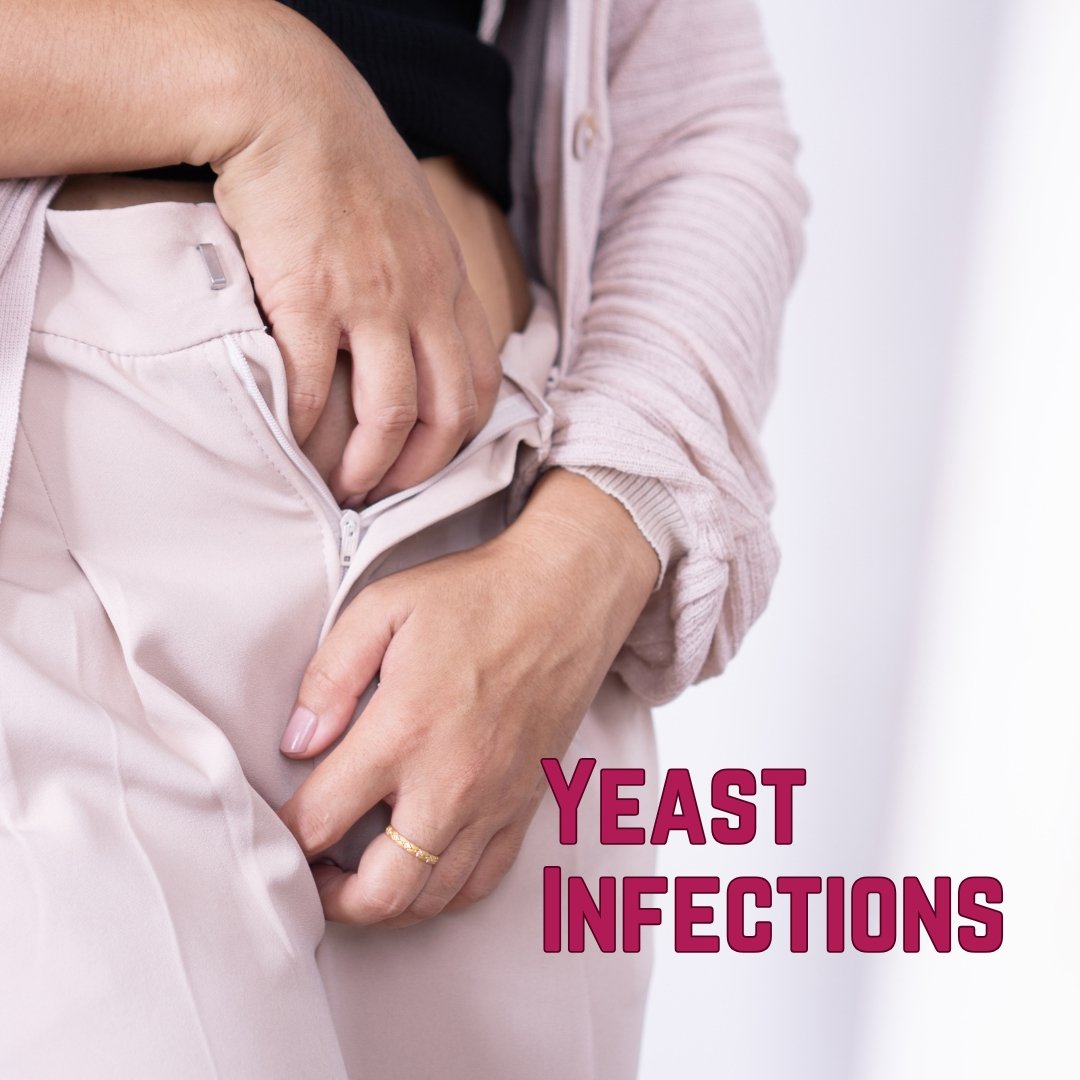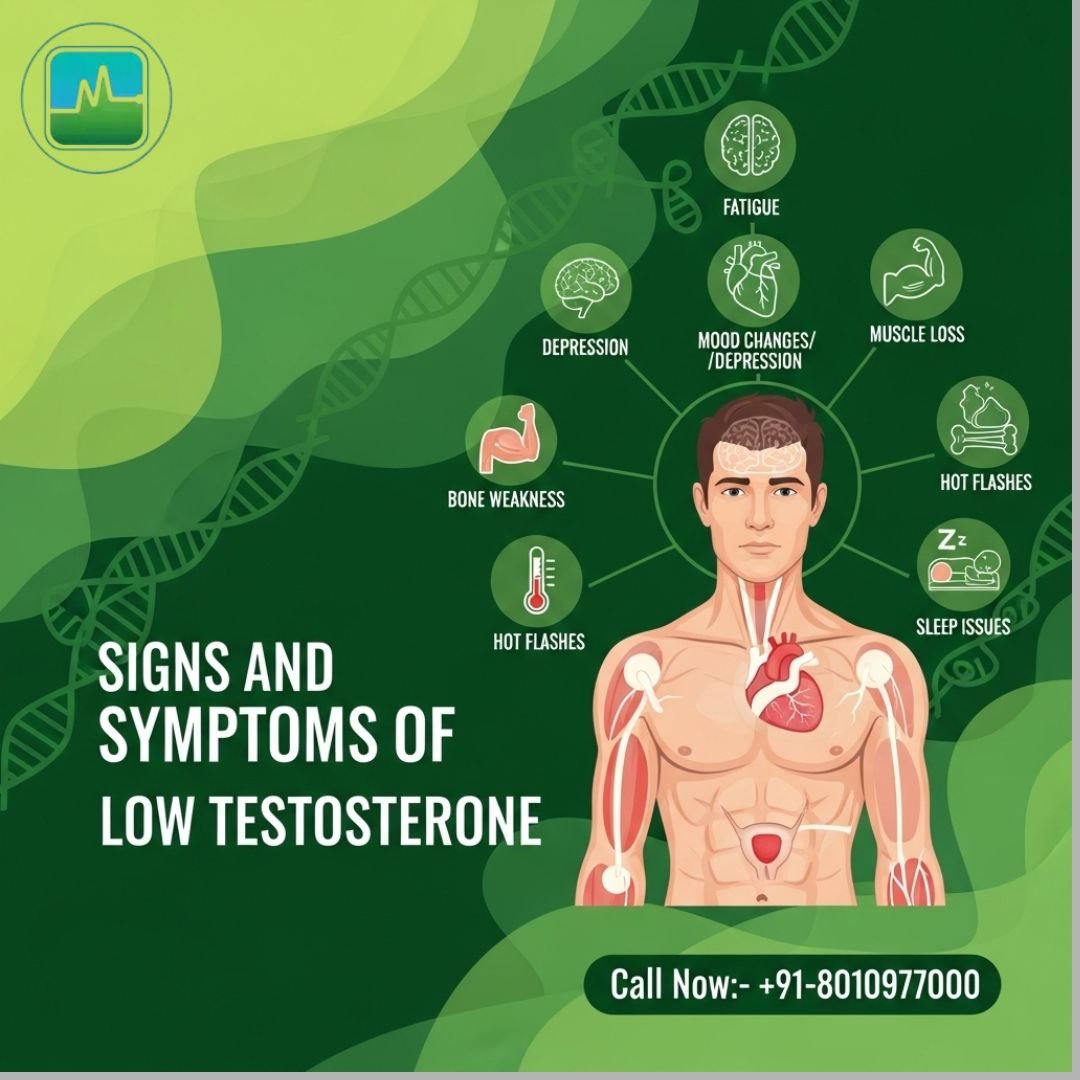What is a Yeast Infection?
A yeast infection, primarily caused by the fungus Candida albicans, often occurs in warm, moist areas of the body, such as the vagina, mouth, and skin folds. While yeast is a natural inhabitant of our body, an imbalance can lead to overgrowth, resulting in infections. These infections can cause discomfort, itchiness, and irritation, necessitating understanding for effective management.
Common Causes of Yeast Infections
Antibiotics
Antibiotics are designed to combat bacterial infections, but they can disrupt the balance of bacteria and yeast in the body. When beneficial bacteria are diminished, yeasts like Candida can multiply unchecked, making antibiotic use a significant risk factor for yeast infections.
Hormonal Changes
Fluctuations in hormones, particularly estrogen, can trigger yeast infections. These changes often occur during pregnancy, menstruation, or due to hormone replacement therapy.
Immune System Imbalances
A weakened immune system, whether from chronic conditions or certain medications, can diminish the body’s ability to keep yeast growth in check, increasing the likelihood of infections.
Uncontrolled Diabetes
High blood sugar levels can create an environment conducive to yeast growth. Women with uncontrolled diabetes are particularly susceptible to yeast infections.
Poor Diet
A diet high in sugar and refined carbohydrates can feed yeast in the body. Likewise, a lack of essential nutrients can threaten overall health and immune function, fostering favorable conditions for yeast overgrowth.
Stress and Lack of Sleep
Chronic stress and inadequate sleep can impair immune function. Both factors can lead to hormonal fluctuations and lower the body’s resistance to infections, including yeast.
Tight Clothing and Poor Hygiene
Wearing tight clothing and not following proper hygiene practices can create a damp, warm environment that can encourage yeast growth, particularly in intimate areas.
How to Get Rid of a Yeast Infection in 24 Hours
While a yeast infection may not completely resolve in just 24 hours, symptoms can often be alleviated quickly. Over-the-counter antifungal treatments, such as creams or suppositories, are effective for many women. Maintaining cleanliness and avoiding irritants can also help provide relief.
Yeast Infection Pictures
Visual representations of yeast infections can help in recognizing their presence and understanding their appearance. Images often show redness, swelling, and discharge characteristics.
Is Candida a Sexually Transmitted Disease?
Candida is generally not classified as a sexually transmitted infection (STI). While sexual activity may contribute to an environment conducive to yeast growth, the infection itself typically arises from factors already present in the body.

Symptoms of Yeast Infections
Common symptoms of yeast infections include:
- Intense itching and irritation in the affected area
- Redness and swelling
- A thick, white discharge resembling cottage cheese
- Pain during intercourse or urination
Diagnosis and Treatment
Diagnosis typically involves a physical examination and may include a swab of the affected area to identify the presence of Candida.
Treatment
Antifungal Medications:
- Over-the-counter antifungal treatments are effective for uncomplicated cases.
Oral Medications:
- Prescription medications may be necessary for recurrent infections.
Home Remedies:
- Some individuals consider home remedies such as yogurt containing live cultures or coconut oil, though effectiveness can vary and should be approached cautiously.
Preventive Measures
- Maintain Good Hygiene:
- Regular cleaning and careful drying of the genital area can prevent excess moisture.
- Wear Breathable Clothing:
- Choosing loose-fitting, breathable fabrics reduces moisture buildup.
- Follow a Balanced Diet:
- A diet low in sugar and high in fibers, vegetables, and probiotics supports gut health.
- Manage Stress and Get Adequate Sleep:
- Techniques such as meditation and proper sleep hygiene can enhance immune function.
- Use Antibiotics Wisely:
- Only taking antibiotics when necessary and as prescribed can help preserve beneficial bacteria.
- Control Blood Sugar Levels:
- Those with diabetes should closely monitor and manage their blood sugar levels.
- Practice Safe Sex:
- Using protection and maintaining good sexual health can minimize the risk of infections.
Conclusion
Understanding yeast infections is essential for managing symptoms and preventing recurrence. By recognizing the causes and symptoms, adopting preventive measures, and seeking appropriate treatment, individuals can take control of their health. Always consult a healthcare professional for personalized advice and guidance.











Leave a Reply